We received a celestial treat the morning of June 10, 2021 – a solar eclipse. If you were in central Canada, you enjoyed a total eclipse. For those of us in the East, it was a partial eclipse, at sunrise.
It was an early morning as the eclipse coincided with the rising sun. That meant I was on the road just before 5:00am to get to my spot and get ready.
I use an app called “The Photographer’s Ephemeris” (iOS and Android) to plan my shoot. I entered the date and time of day and the app shows me where the sun and moon will rise and set from any location on the planet. I wanted a vantage point that was high enough that I could see the sunrise and preferred to have water in the foreground. I dropped the pin on a few spots near me and settled on a point on Lake Ontario in Oshawa.
I arrived at the bluff overlooking Lakeview Park at 5:15am – more than enough time to set up my gear. However, there were already a couple dozen people lined up and not much room left. I don’t want the same images as everyone else, nor do I particularly want to be around people. Thankfully, I had an alternative spot away from everyone!
Setup one: Nikon D810 with Tamron SP 24-70 G2 on a Vanguard Alta Pro 2 tripod with Kenko ND10000 and Circular Polarizer.
Setup two: Nikon Z6 with Tamron SP 150-600 G2 on a Fotopro E-9H Gimbal / E-9 Eagle Carbon tripod with Kenko ND100000 Solar Eclipse filter. I also used my Tamron 1.4 teleconverter plus Kenko HD DGX 1.4x and 2.0x teleconverters (more on this shortly).
Each camera had a Hahnel HRC Pro remote attached. These one-button remotes are simple and effective – and come with a 2m extension cable so you can setup where you want.
Unfortunately, there was a line of clouds on the horizon. It wasn’t the clean and clear view I hoped for and it did present some exposure challenges. But why make things easy? If 2021 has a theme, it’s that it’s “difficult and challenging”. Good thing I had my large mug of coffee with me.
To create the composite image of the rising solar eclipse, I started with some base exposures as the sun rose. The background image is ISO64. f/14 0.2s at 70mm.
I had thought about setting up my camera on a timer and leaving it, but I knew I would run into exposure issues thanks to the clouds and atmosphere. As the sun rose, I didn’t want the eclipse frying my sensor. I kept the Hahnel remote wrapped around the other tripod.
I increased my shutter speed as the sun rose. I started at 1/1.6s and kept a close eye on my histogram. Part way through, I was at 1/20s. As the sun moved through the clouds, I kept increasing my shutter speed.
By the time the eclipse was over halfway completed, and I was no longer shooing through atmospheric pollution and clouds, I finished shooting at 1/320s and f/16.
The final image was processed in Capture One 21 Pro and merged in Photoshop CS.
For the close-up images of the eclipse, I had to manually track the rising sun. That’s why I chose the Fotopro Gimbal. It’s a very stable platform that is perfectly balanced for a longer lens.
At first, the sun was hard to see due to the clouds and atmosphere. The 600mm wasn’t enough reach – even zoomed in on the rear LCD, I could barely see anything. The Solar Eclipse filter is exceptionally dark – 16.5 stops dark!! I added the Tamron 1.4x teleconverter, which helped, but then added the two Kenko teleconverters. This turned my 150-600mm into a 600-2,400mm lens!
Adding teleconverters decreases image quality some, but the trade-off is filling the sensor with your image. I took an image at 600mm and another at 2,400mm and compared in camera – I was pretty happy with the image results at 2,400mm as opposed to cropping the 600mm images down. I could fill the frame with the sun.
Despite the clouds and atmospheric interference and pollution, I’m thrilled with the close-up images of the eclipse. The Z6 was in manual focus – it’s an easy camera to focus, even with that really dark filter on the front. I wouldn’t attempt to photograph the Sun, especially an eclipse, without that 16.5 stop filter. Any less of a filter and you would burn your sensor (ask the camera companies about their service requests following any eclipse – don’t forget to ask how much it costs to replace a sensor).
One of the other challenges presented by adding all those teleconverters was that my effective working aperture was now f/25! This meant exposure times, at ISO100, ranged from 1.3s to 1/3s while the sun was behind the clouds. Once the sun rose, I could increase the shutter speed to 1/20s. This meant I risked a bit of blur due to the rotation of the planet, the sun and the moon. A quick image review showed I was okay at these speeds. I did try slower and stopping the lens a little for more sharpness, but the motion blur was more pronounced.
After all of this, I can say it was worth getting up so early in the morning to capture this eclipse. The right gear made a huge difference. A father walked by with his daughters – he was using his consumer DSLR and kit 55-250mm lens and not getting anything. I hope his sensor was okay. I flipped on the Live View on the Z6 so he and his girls could see the eclipse through my camera. They were pretty thrilled, too.
Stay tuned for next issue where I show some other uses for the ND100,000 filter, beside the odd Solar Eclipse.
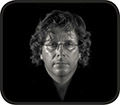
About the Author – Will Prentice (www.capturaphoto.ca) is a professional photographer based out of Whitby, Ontario and Brand Specialist – Lighting for Amplis.



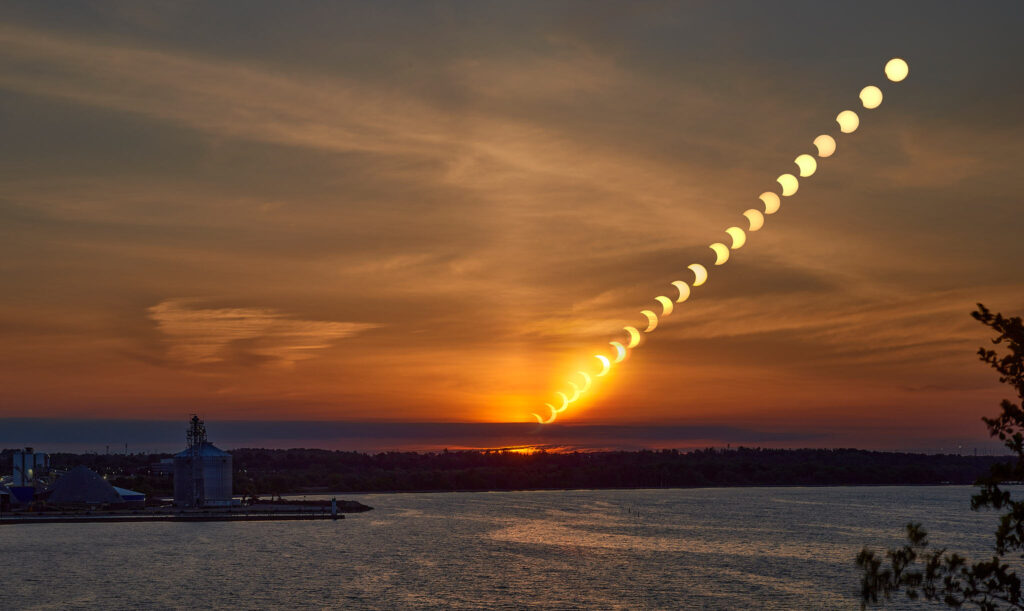
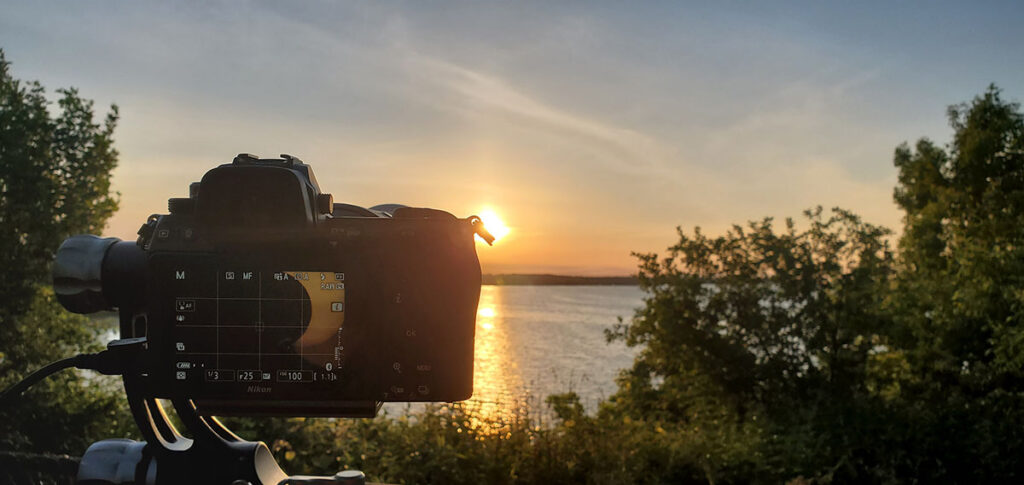
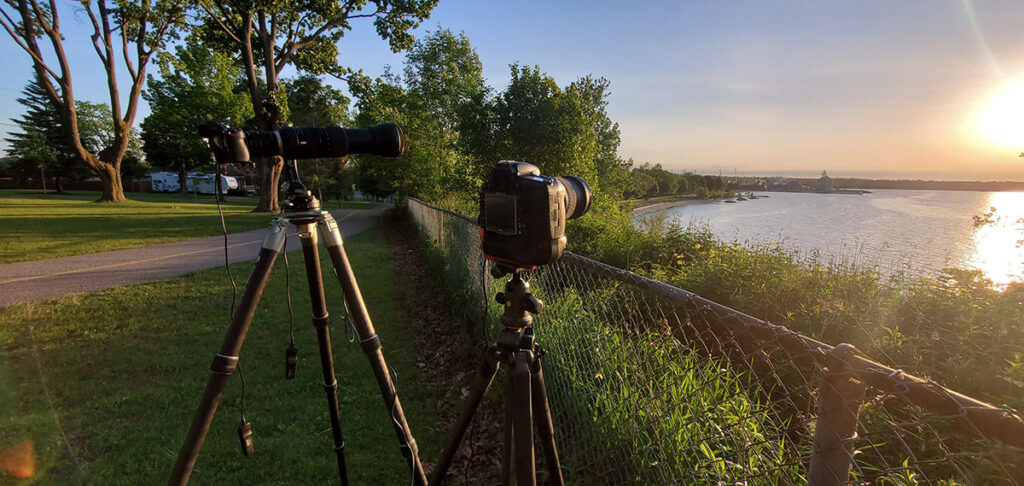
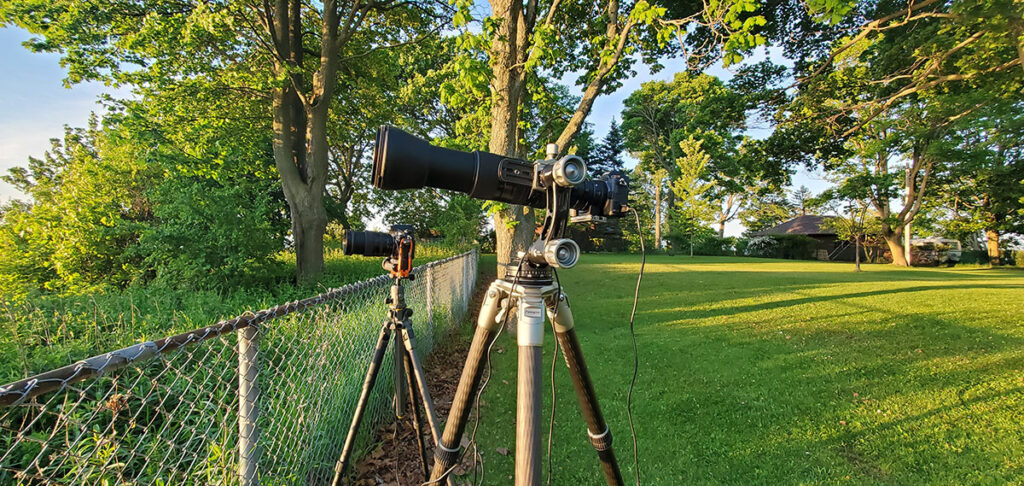
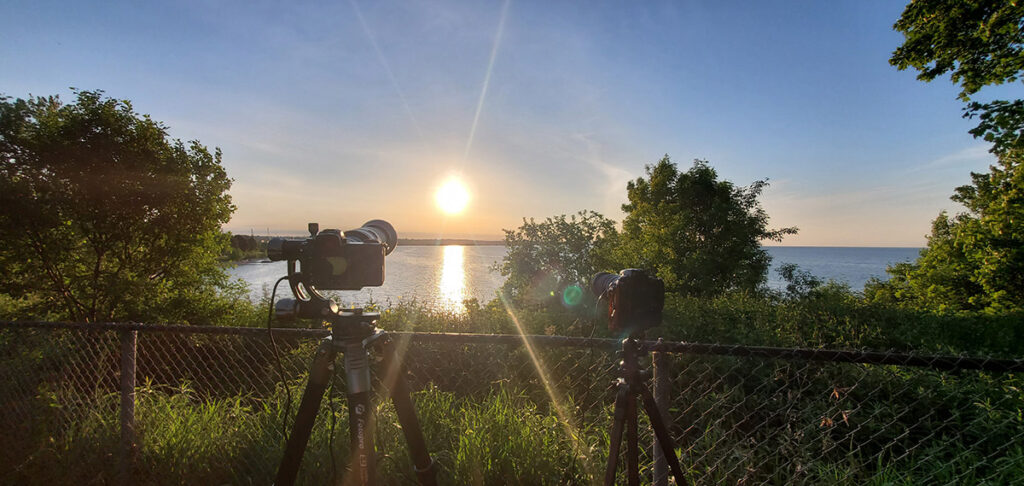
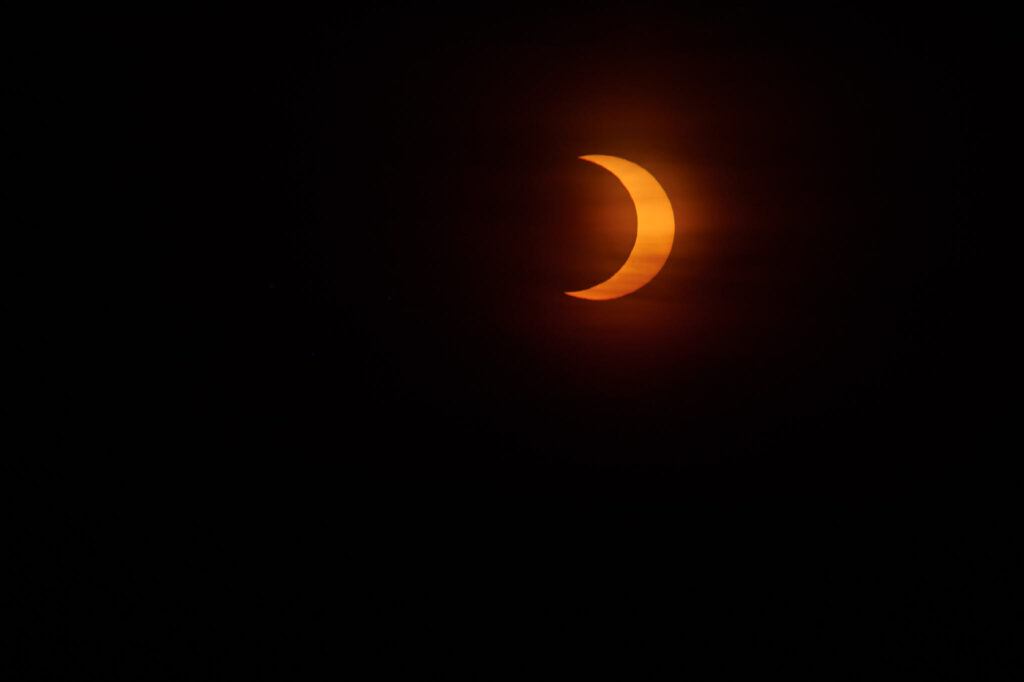
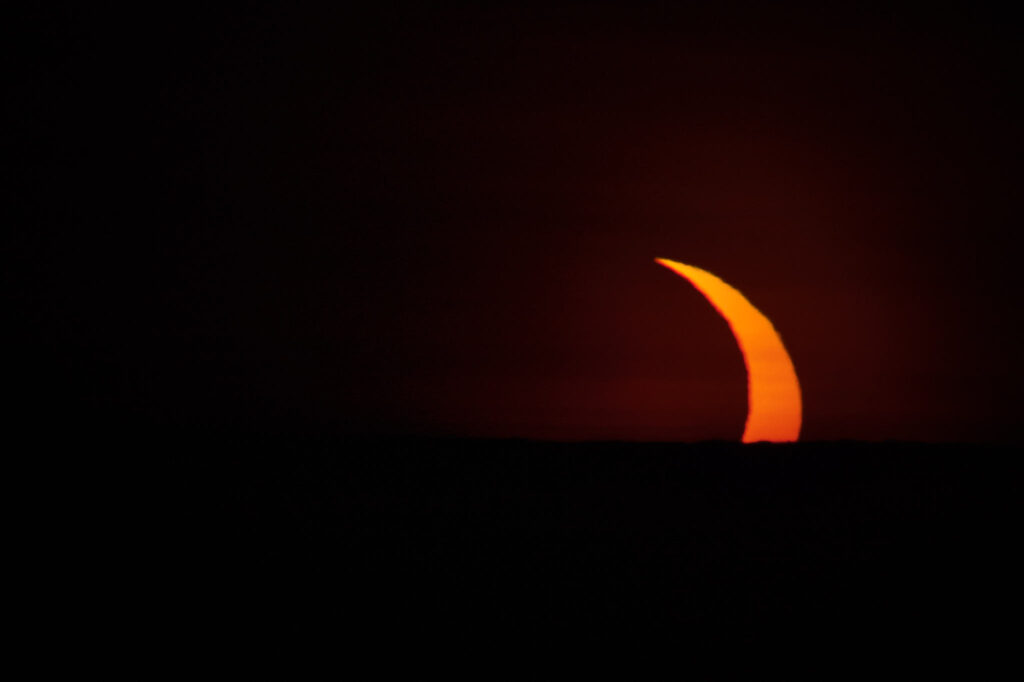
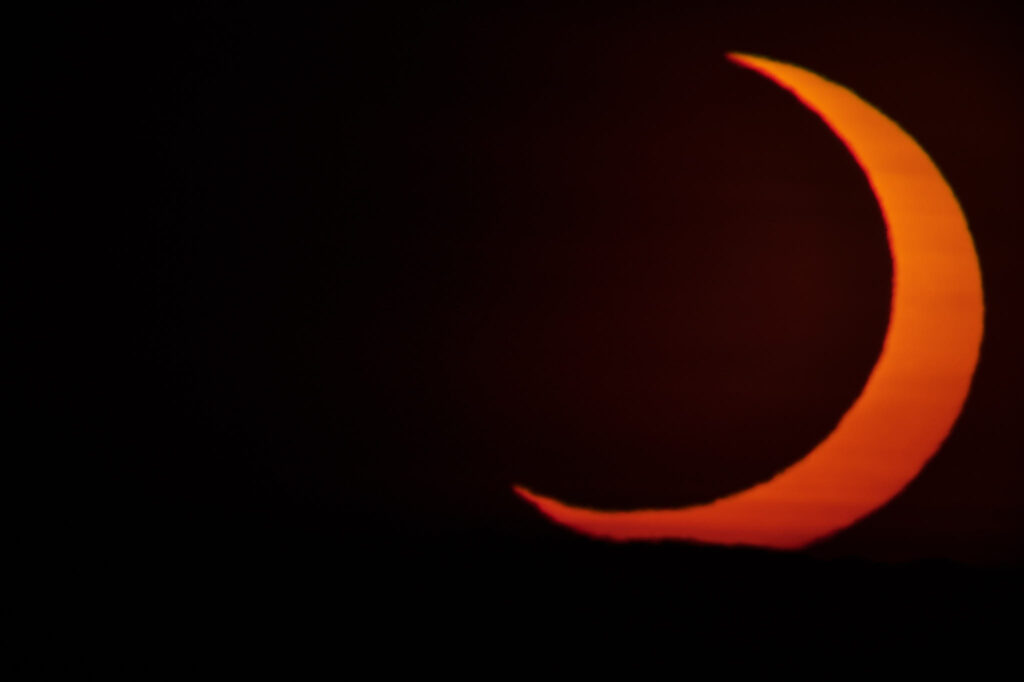
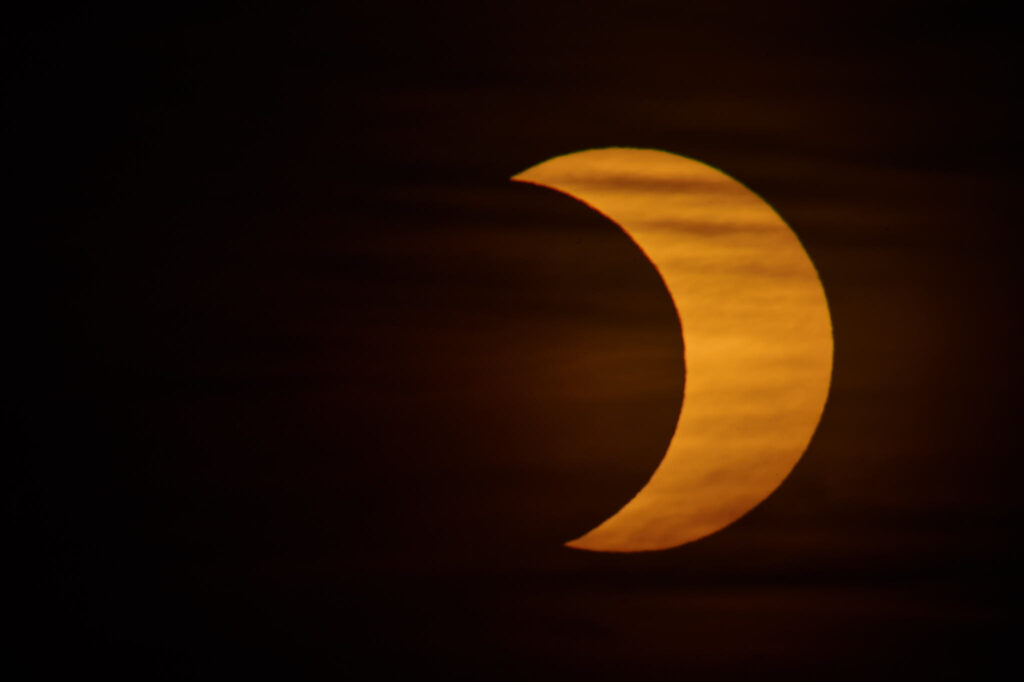
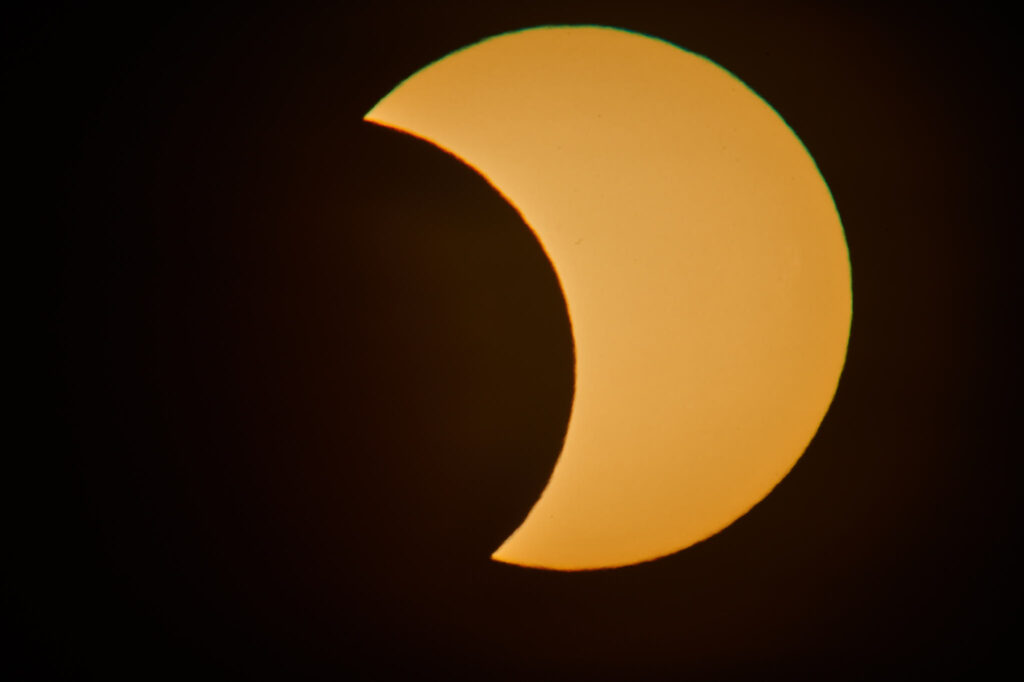
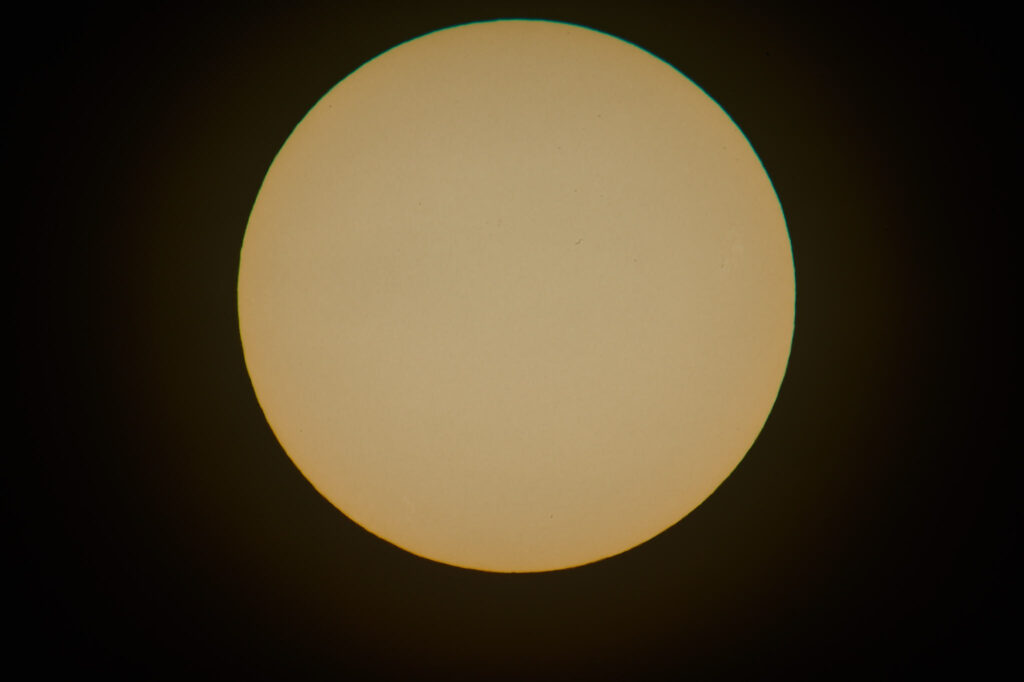






I am highly impressed of your photographs.
And you indirectly inform me about the true risk of damaging the sensors of my cameras. I own Nikon D40x, D80 and D90. Those are old and i probably damage thème by photographing sun.
I will check this by a professionnal.
And all you show us is totally WOW!
Hope to become like you.
Thanks
Thanks for the kinds words, Jean,
Take a look at this post at LensRentals so you have an idea of what to look for: https://www.lensrentals.com/blog/2017/09/rental-camera-gear-destroyed-by-the-solar-eclipse-of-2017/
Any damage will be apparent very quickly.
Keep taking photos.
I’d argue that the ND100000 filter is overkill, among other things leading to your longish, and therefore a bit trailed, exposures. An ND10000 would be perfectly adequate for solar imaging, with no camera problems.
I used a ND 3.0 (factor of 1000) and a polarizer, along with several TCs for solar pictures and the 2017 eclipse, with no damage to my camera, and much shorter (down to 0.001 sec) exposures.
See here for some comments: https://www.pentaxforums.com/forums/115-pentax-k-5-k-5-ii/248310-magnification-factors-several-kenko-teleconverters-k5.html
Hi David,
It’s not just about exposure times but also too much light through the lens and burning the aperture blades, mirror box and viewfinder. With mirrorless cameras, you can burn your sensor as the lens is always wide open and Live View is fed from the sensor data. You can also burn your eyes looking through the viewfinder.
We saw a few lenses in our Service department after the 2017 eclipse and Lens Rentals posted on their blog: https://www.lensrentals.com/blog/2017/09/rental-camera-gear-destroyed-by-the-solar-eclipse-of-2017/
My camera makes me money, so I can’t afford to have it in for repairs too often. Sensor replacement isn’t cheap and they may not always have the parts needed.
The risks are too great to chance. I’d rather err on the side of caution.
Will